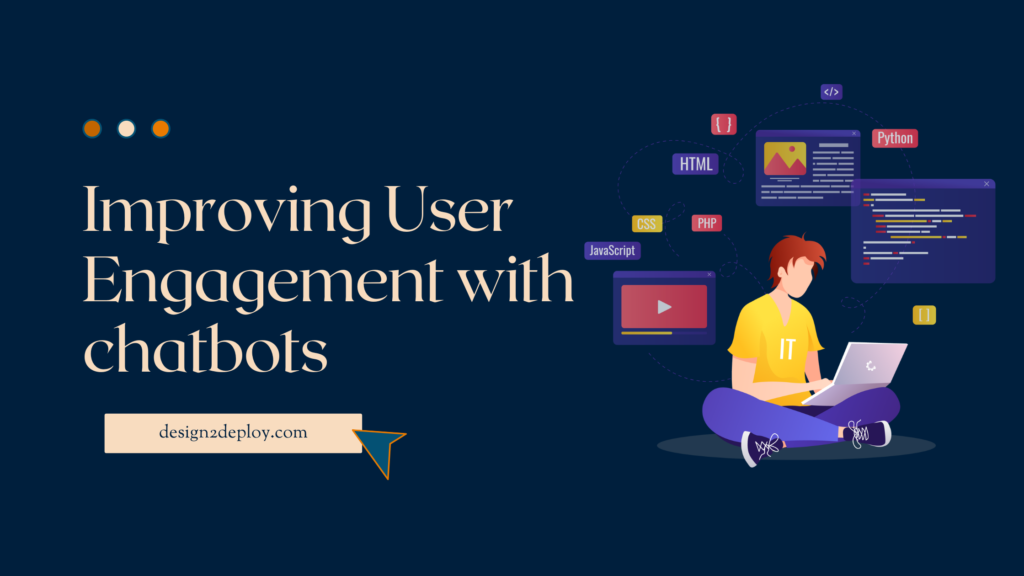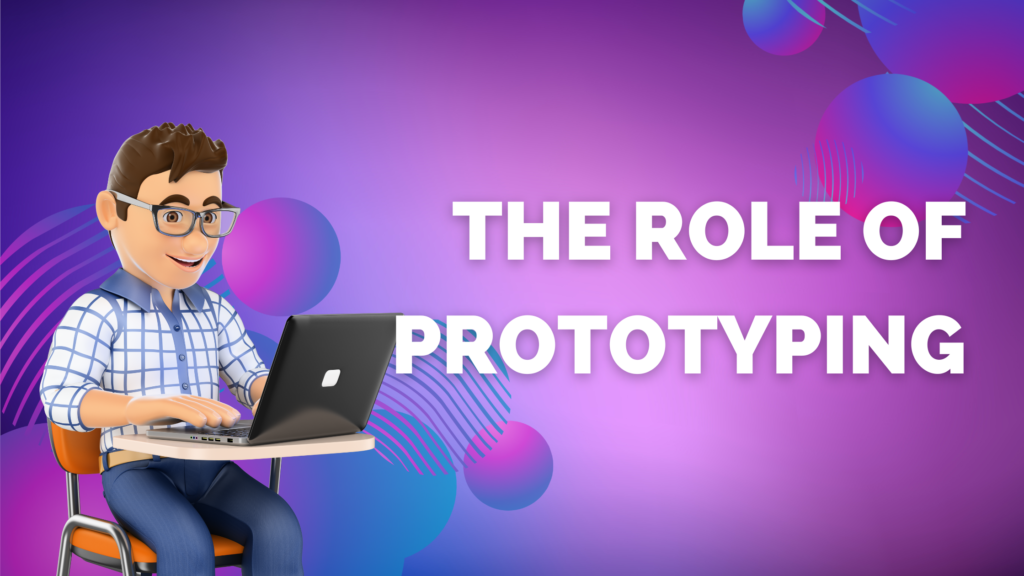Websites have become the primary mode of communication between businesses and their customers. But just having a website is not enough anymore. In order to truly captivate visitors and enhance their user experience, companies are turning to chatbots.
In this blog post, let’s delve more into chatbots and find out how they can revolutionize your website’s performance. We’ll start by understanding the different types of chatbots and their applications. Then, we’ll examine real-life case studies showcasing their successful implementation.
Benefits of Using Chatbots on Websites
Chatbots have become an increasingly popular tool for businesses to improve user experience and engage with their website visitors. By integrating chatbots into websites, businesses can provide instant support, and personalized recommendations, and streamline the customer journey.
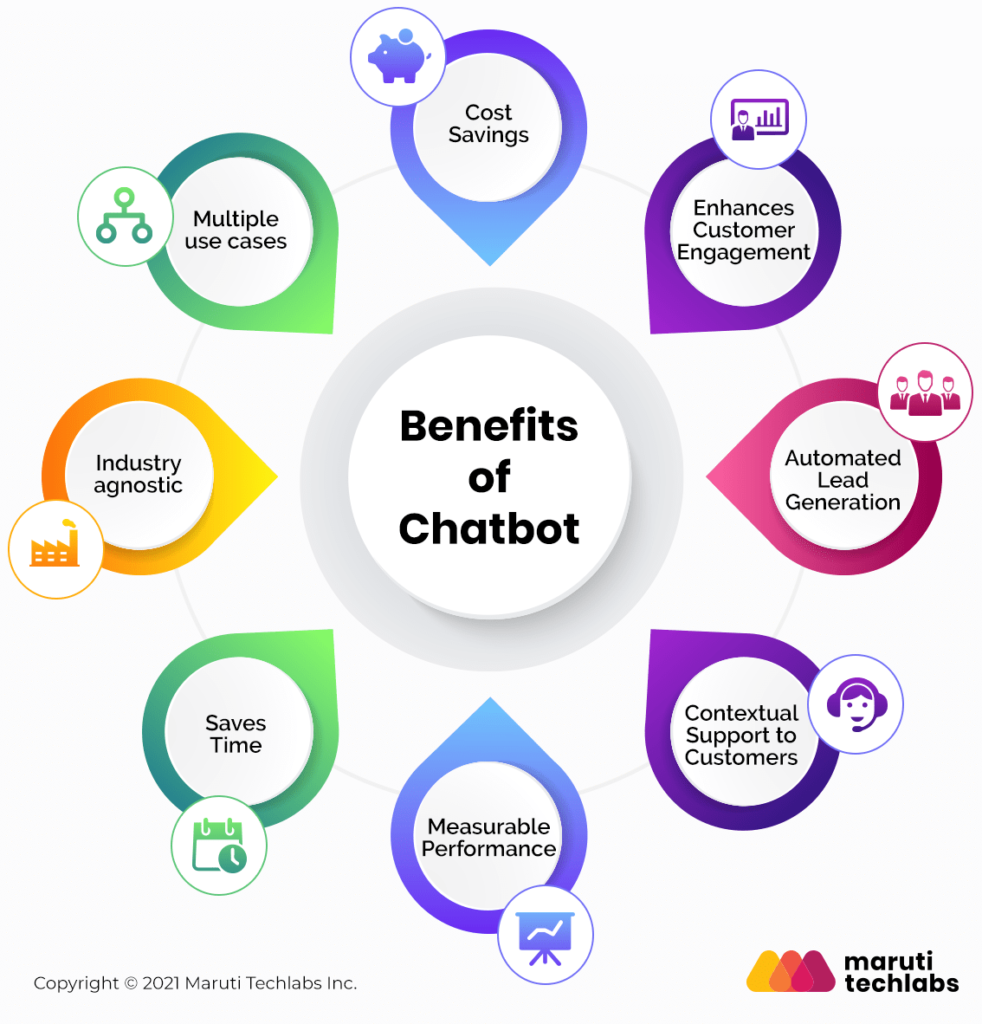
One of the key benefits of using chatbots is their ability to provide 24/7 support. Unlike human agents who may have limited availability, chatbots are always ready to assist users at any time of the day or night. This ensures that customers can get answers to their questions or resolve issues promptly, enhancing satisfaction and reducing wait times.
Another advantage is the efficiency that chatbots bring to customer interactions. With a well-designed chatbot in place, businesses can automate repetitive tasks such as answering common queries or providing product information. This frees up human agents’ time to focus on more complex inquiries and high-value interactions.
Furthermore, chatbots enable businesses to deliver personalized experiences on their websites. By analyzing user data and preferences, chatbots can offer tailored recommendations based on individual needs and behavior patterns. This level of personalization not only enhances user engagement but also increases the likelihood of conversions and sales.
In addition to these benefits, integrating chatbots into websites helps streamline the customer journey by providing seamless navigation assistance. Whether it’s guiding users through product selection or helping them complete transactions, chatbots act as virtual assistants that ensure a smooth web experience for visitors.
By leveraging these advantages businesses can effectively enhance user engagement on their websites.
Types of Chatbots and their Functions
Chatbots come in various types, each designed to fulfil specific functions based on the needs of website owners and users. Let’s explore some common types of chatbots and their respective functions.
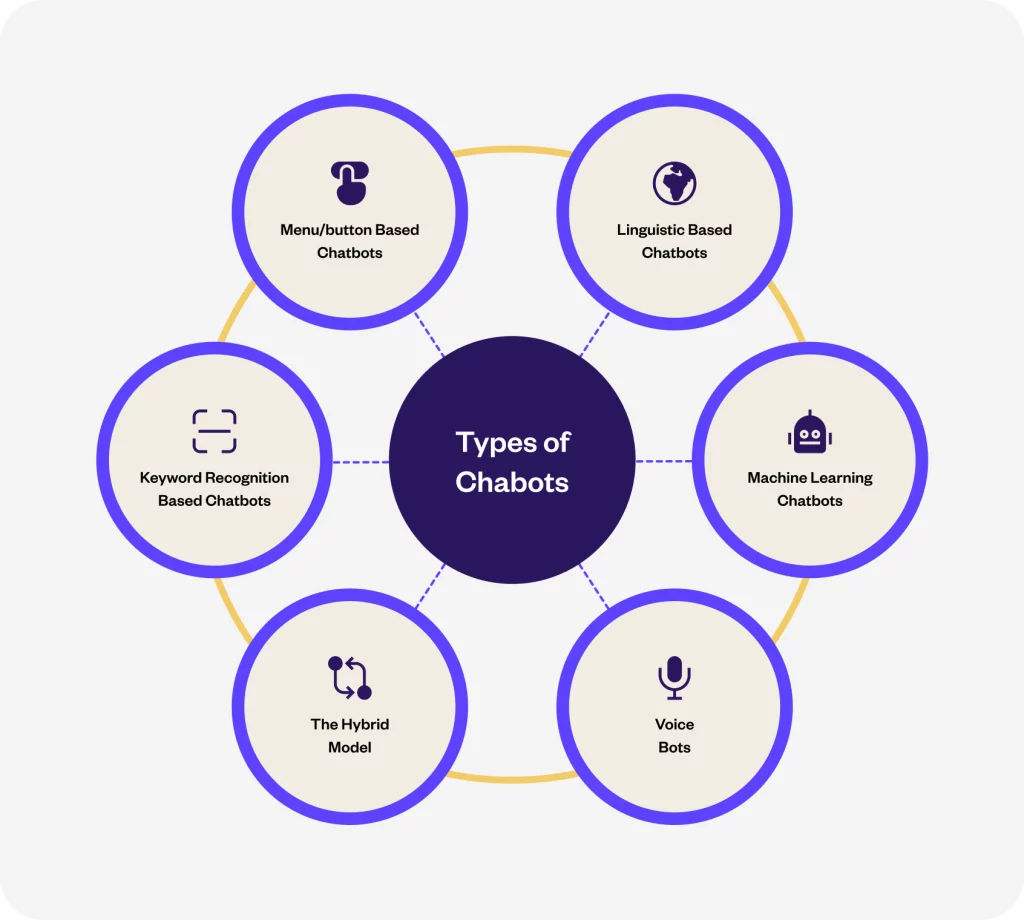
- Rule-Based Chatbots: These chatbots are pre-programmed with a set of rules that dictate their responses. They are best suited for simple tasks like answering FAQs or providing basic information about products or services.
- AI-Powered Chatbots: Unlike rule-based chatbots, AI-powered chatbot utilizes machine learning algorithms to understand user queries better. They can handle more complex interactions by providing personalized recommendations or assisting with troubleshooting issues.
- Virtual Assistants: Virtual assistants are advanced AI-powered chatbots capable of performing multiple tasks beyond customer support, such as scheduling appointments, making reservations, or even initiating online purchases.
- Social Messaging Bots: These bots integrate with popular social media platforms like Facebook Messenger or WhatsApp to provide instant support and engage with customers on platforms they already frequent.
- Voice-Activated Chatbots: With the rise in voice assistants like Siri and Alexa, voice-activated chatbots have become increasingly popular. Users can interact using natural language through speech recognition technology.
The right chatbot can help businesses save time and resources while providing personalized support to their customers.
Successful Implementation of Chatbots in Websites
Let’s explore some successful case studies that highlight the benefits of chatbot integration.
Firstly, the travel industry has seen significant success with chatbots. Expedia, for instance, has implemented chatbots to assist customers with booking flights, hotels, and rental cars. These virtual assistants provide instant responses to user queries, helping them find the best deals and make informed decisions.
E-commerce giant eBay has also leveraged chatbots to enhance customer support and increase sales conversions. Through AI-powered bots, eBay can efficiently address customer inquiries and guide shoppers through the buying process seamlessly. This has resulted in higher customer satisfaction and increased revenue for the company.
Another interesting example comes from Domino’s Pizza, which introduced a chatbot named Dom to enable customers to place orders through Facebook Messenger. With Dom’s help, users can customize their pizzas, track deliveries in real-time, and receive recommendations based on previous orders. This integration has significantly improved user engagement by providing a convenient ordering experience within a familiar messaging app.
These case studies demonstrate the potential of chatbots to enhance user experiences across various industries.
Measuring the Success of Chatbot Integration
Measuring the success of chatbot integration is essential for businesses to understand how well their chatbots are performing and whether they are meeting their objectives.
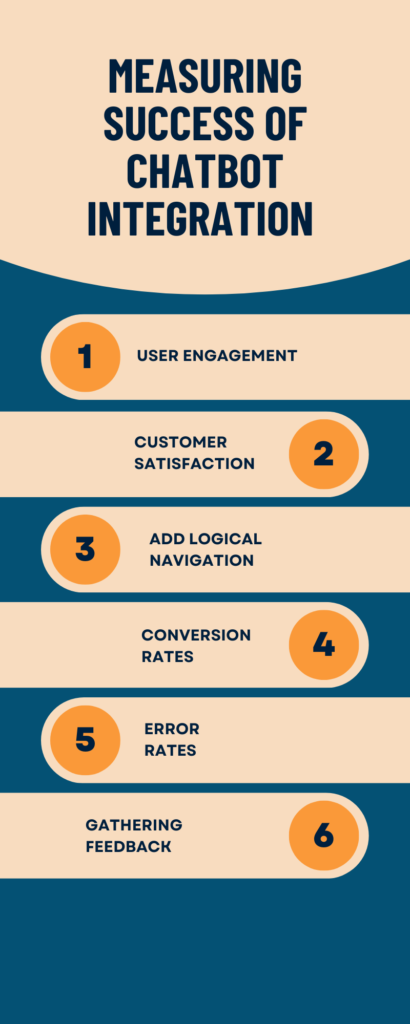
There are several metrics that can be used to assess the effectiveness of chatbot integration.
- User engagement – By analyzing the number of interactions, average session duration, and bounce rates, businesses can gain insights into how users are engaging with the chatbot. Higher interaction rates and longer session durations indicate a positive user experience and increased satisfaction.
- Customer satisfaction – Through post-chat surveys or sentiment analysis, businesses can determine if customers find value in using the chatbot and if it meets their needs. Positive feedback indicates successful integration, while negative feedback highlights areas for improvement.
- Conversion rates – play a crucial role in measuring success. Tracking how many users complete desired actions after interacting with the chatbot provides valuable data on its impact on sales or lead generation efforts.
- Error rates – It helps identify any issues with bot functionality or understand user queries accurately. Lower error rates indicate improved performance and better user experiences
- Gathering feedback – Getting feedback through direct customer interviews or focus groups offers deeper insights into user perceptions about the chatbot’s usefulness, ease of use, and overall satisfaction levels.
By measuring the success of chatbot integration accurately, businesses can ensure their chatbots are delivering value to customers and achieving their goals.
Potential Challenges and Limitations
While chatbots can greatly enhance user engagement and satisfaction on websites, it’s important to acknowledge that there are potential challenges and limitations associated with their implementation.
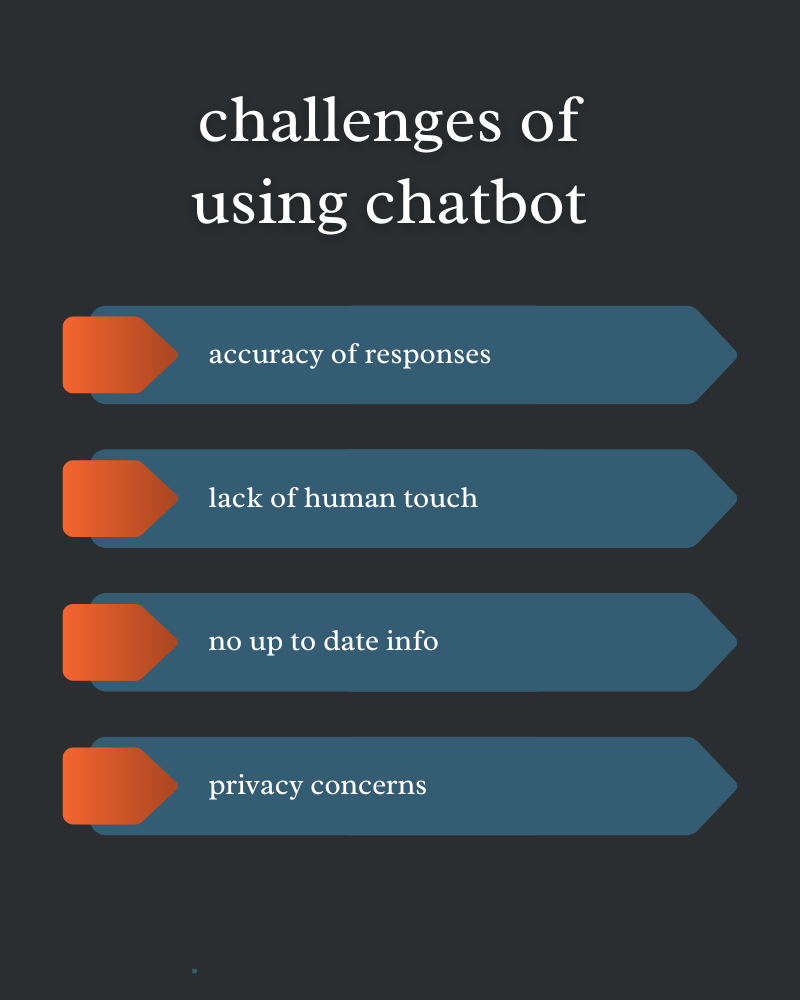
- accuracy of responses – Chatbots rely on artificial intelligence algorithms to understand and respond to user queries. However, they may not always provide accurate or relevant answers, especially when faced with complex or ambiguous questions. This can result in frustration for users who expect quick and accurate assistance.
- Lack of human touch – Despite advancements in natural language processing, chatbots still lack the empathy and understanding that human customer service agents possess. They cannot fully grasp the emotions or intentions behind a user’s query, which may lead to less personalized interactions.
- Maintaining up-to-date knowledge – Websites continuously evolve, new products are launched, and policies change all of which require regular updates to ensure that the chatbot has current information. Failure to do so can result in providing outdated or incorrect responses.
- Privacy concerns – Users may hesitate to share personal information or ask sensitive questions if they feel their privacy is at risk. Businesses need to address these concerns by implementing robust security measures and communicating their data protection policies.
While chatbots can handle many routine tasks effectively, they have limitations when it comes to handling complex issues or providing detailed explanations. Users seeking in-depth assistance might still require human intervention.
By addressing these issues in advance, businesses can ensure that their chatbots provide a seamless and efficient experience for their users while also meeting their objectives.
User engagement and satisfaction play a significant role in the success of any website. With the power of AI and natural language processing, chatbots offer a range of benefits to both businesses and users, including instant support, streamlined communication, and personalized assistance. While there may be some limitations with chatbots, they have proven to be successful in various industries and can help businesses improve their customer experiences.

